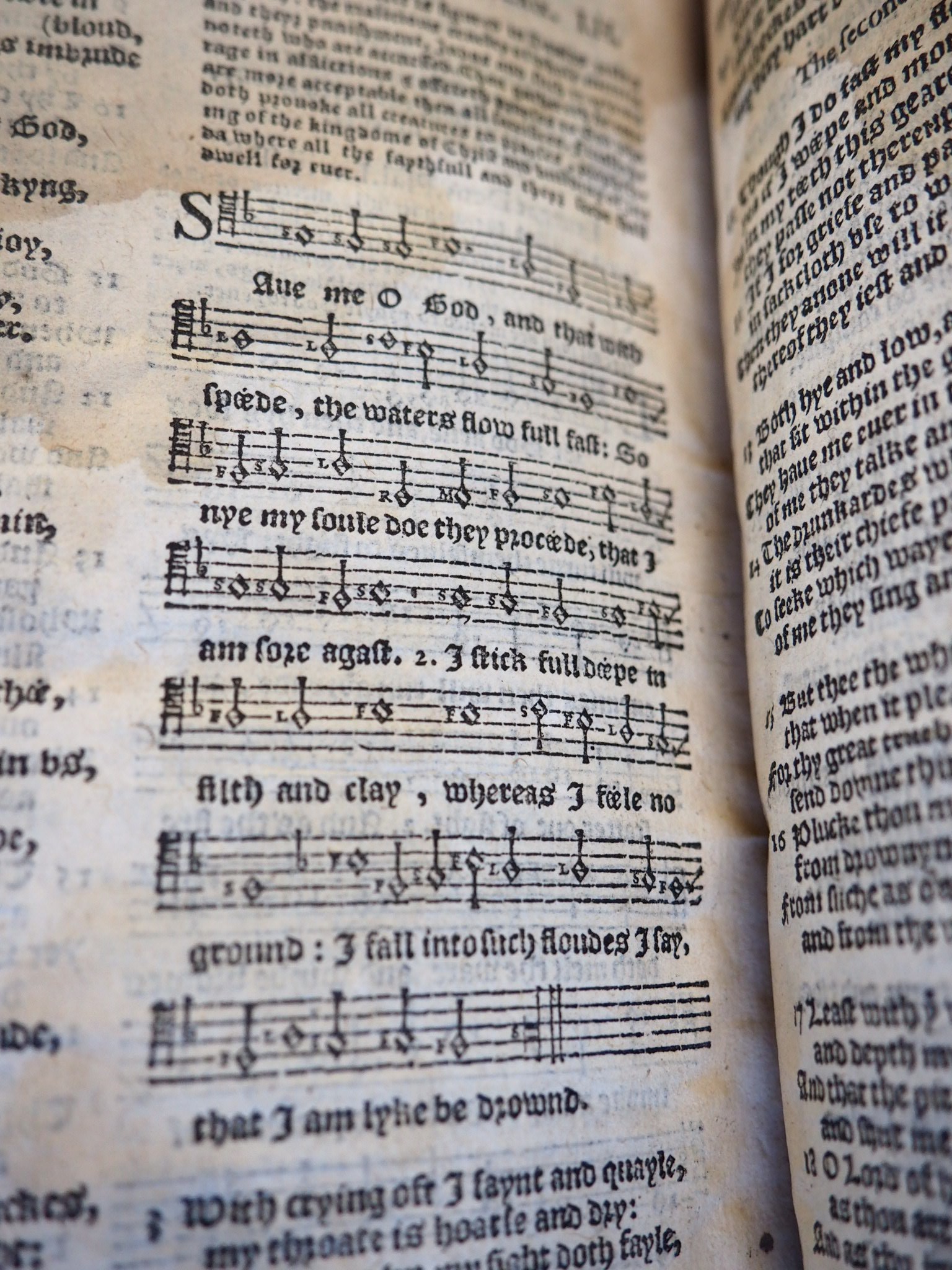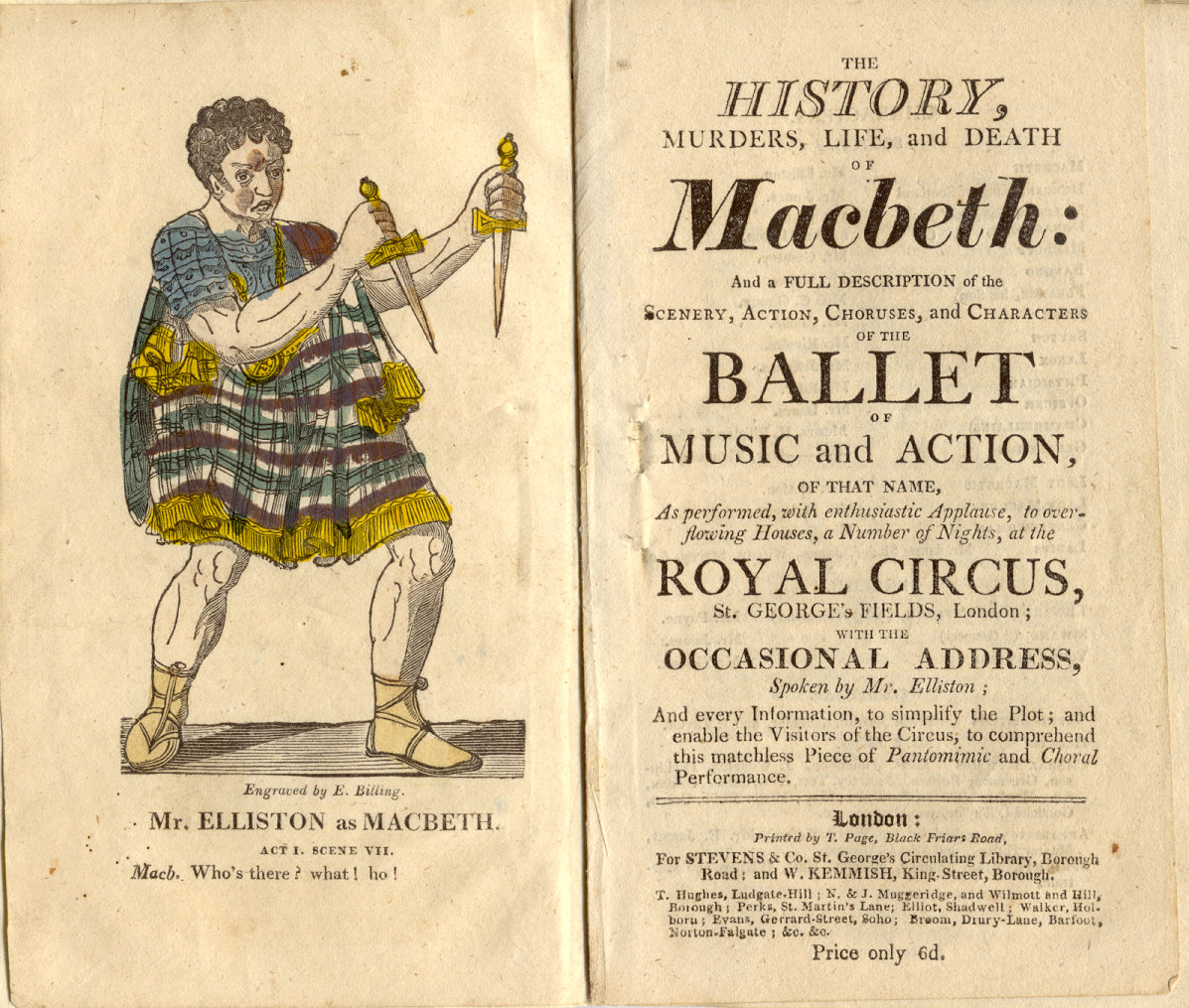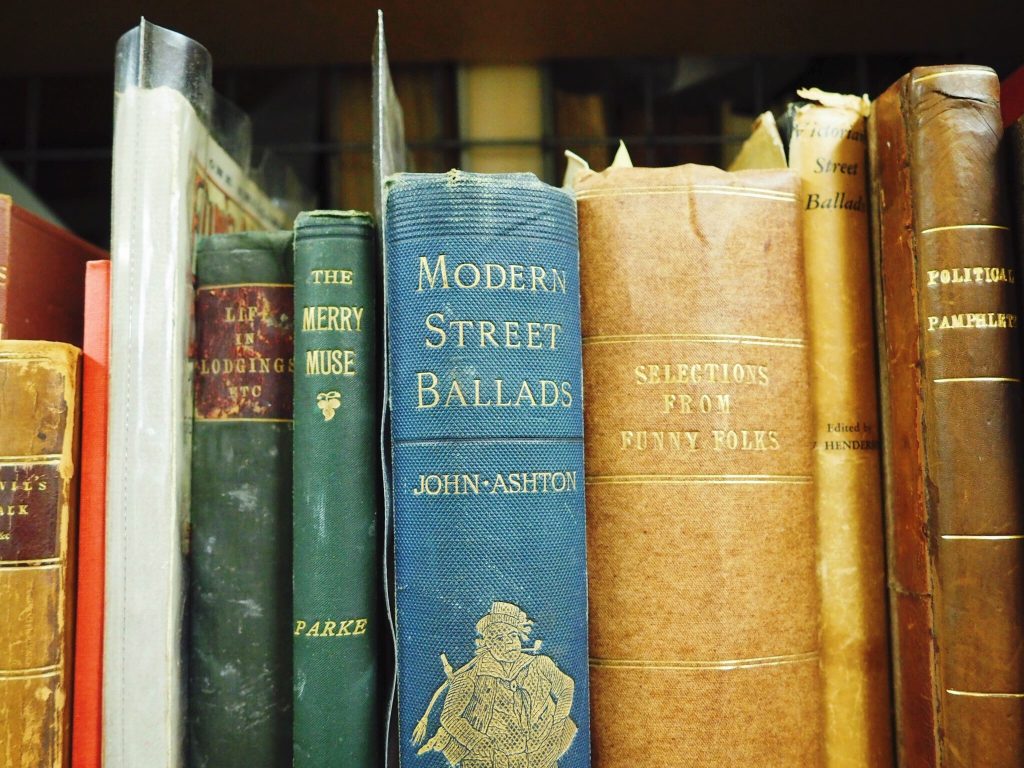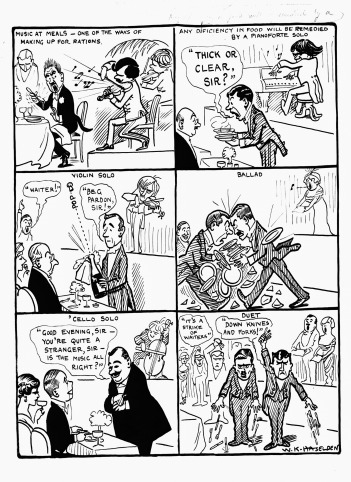June is finally here! The sun is out (well, mostly), lockdown restrictions are starting to lift a bit here in the UK and – most importantly – it’s time for one of our favourite University events of the year: Summer Music Week. Kent’s brilliant Music department annually hosts a series of concerts to celebrate the end of the academic year, and in these strangest of times we need music more than ever.
We’ve collaborated with Kent’s music programme many times before and our links are incredibly strong – there are so many forms of music in our collections! So to celebrate this year’s concerts, we thought we’d put together a brief chronology of some of the musical highlights in our stores…
Pre-1700s collection: Psalms, prayers and printed hymns
Our Pre-1700s collection is a real treasure trove of items, ranging from some of the most important printed books in the literary canon (looking at you, Johnson’s First Folio) to travel narratives, histories and much more. A big part of the Pre-1700s collection is comprised of religious texts and sermons; fantastic for anyone interested in the many debates around the role of the Church and the development of Protestantism in England.
What’s particularly great about our Pre-1700s texts though is the insight they give into how everyday people practiced religion and interacted with the Bible, particularly after it was translated into English. Our 1580s Bible is such a great example of this; not only does it have marginalia dating from 200 years after its publication, but if you look in the back of the book there are musical scores to hymns sung in Church at the time!
John Crow’s Ballad and Song collection: oral history in print
Much of our Pre-1700s collection is comprised of books collected by the academic John Crow (read more about him here). Crow was a scholar particularly interested in a) the Renaissance world, b) Shakespeare’s legacy and c) ballad and song books, which for the purposes of this blog we’re going to refer to as an early form of sea-shanty TikTok.
The ballad and song books contain many publications of the Percy Society (active 1840 – 1852), which published and reprinted rare poems and songs, and the Ballad Society (founded 1868) which had similar aims but focused on publishing folklore. Ballads were a big part of English popular storytelling for generations; they were often printed on cheap paper, sold on street corners and passed around in pubs – but few of them survive due to their ephemeral nature. The Percy Society and Ballad Society aimed to change this by printing them in more formal book editions (made of better quality materials so likely to survive longer). The ballad and song books we look after are a fantastic resource for anyone interested in folk music, exploring how histories were passed around between oral and written formats, and much more.
Theatre collections part one: the Pettingell playscripts
Spoiler alert: a great deal of the music we hold can be found in our extensive theatre collections – so much so that they appear three different times in this blog alone, and that’s only because we’d run out of space otherwise! It’s pretty much impossible to separate music from theatre, particularly during live performance’s rise to fame during the nineteenth century – orchestras could be found in nearly every venue. Music was used to create atmosphere, to heighten emotion, to change scenes and – of course – during songs and dances on stage. Amongst critics there were continual questions asked about music’s role in the theatres, it being seen by some to cheapen ‘proper’ drama.

Photograph of the play text for Boucicault’s play ‘The Octoroon’, from the Pettingell collection (PETT PAR 21)
One of the main gems of our theatre collections is without a doubt the Pettingell collection, which comprises of over 4000 plays collected by comedian Arthur Williams and later bought by actor Frank Pettingell. Williams attended many of the plays he collected and as a result a great number of the scripts, which you could generally buy cheaply as a kind of souvenir, are uniquely annotated by their owner with information such as cast lists and additional pages added in. The Pettingell collection also contains more than 300 pantomime libretti, which we’ll talk about more below. It’s a great collection if you’re new to the world of Victorian theatre as you can really get a sense of the range of plays produced during this era – from histories to popular folk stories to adaptations of famous literary works, not to mention unique genres such as melodrama.
Music hall: early celebrities, the world before Spotify and popular music in action
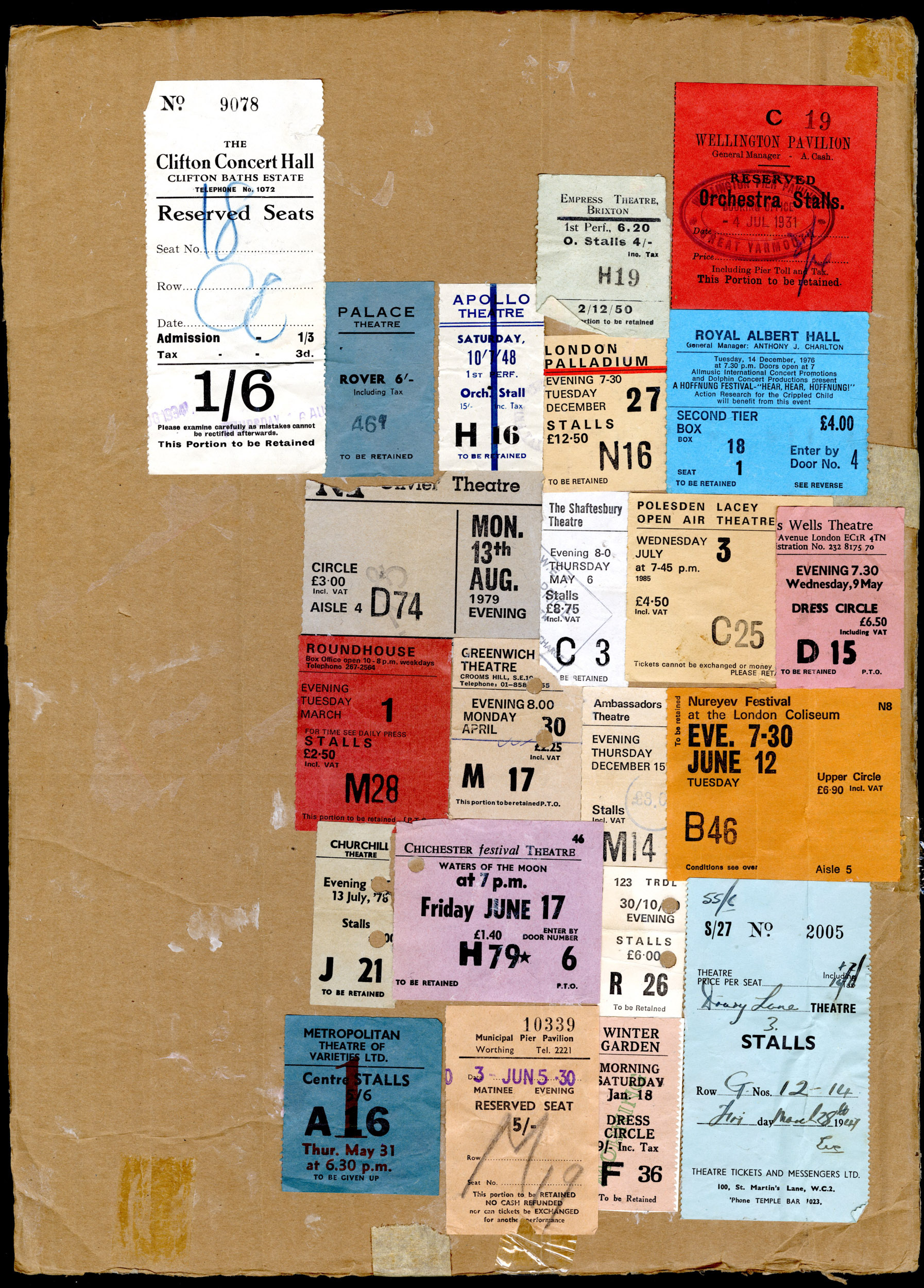
Selection of tickets from music hall events pasted on to a brown backing board from the Max Tyler Music Hall Collection
My colleague Clair has written brilliantly before about music hall, but it’s pretty difficult to talk all things musical in the collections without mentioning some of our wonderful material that belonged to the British Music Hall Society’s resident archivist and historian Max Tyler. For the uninitiated, music hall (not musical(s) – pronunciation is key here) was a form of entertainment especially popular in the late Victorian/early Edwardian era in Britain – around 1890 – 1910. It was where many forms of Victorian popular culture developed, and is largely responsible for the variety shows of the mid-late 20th century. Music hall’s popularity was due in part to the industrial revolution – people moved to newly urban centres looking for work, which in turn created a demand for popular entertainment venues.

Selection of photographs of music hall stars pasted onto a brown backing board from the Max Tyler Music Hall Collection
Whilst the specifics of each music hall performance would vary, a few things would look similar at each venue: every event would have a chairman, to oversee and host the evening, and often a pianist to accompany performers. Admission was generally cheap (sometimes free, if you bought drinks) and caused licensers endless headaches about what constituted a proper venue! All kinds of performance would occur during a music hall night, from songs and ‘specialty’ acts such as dance, clowns and other physical entertainers, to condensed versions of plays (just don’t tell Boucicault about that…; see next post). Sometimes a single act would cross all different types of performance.
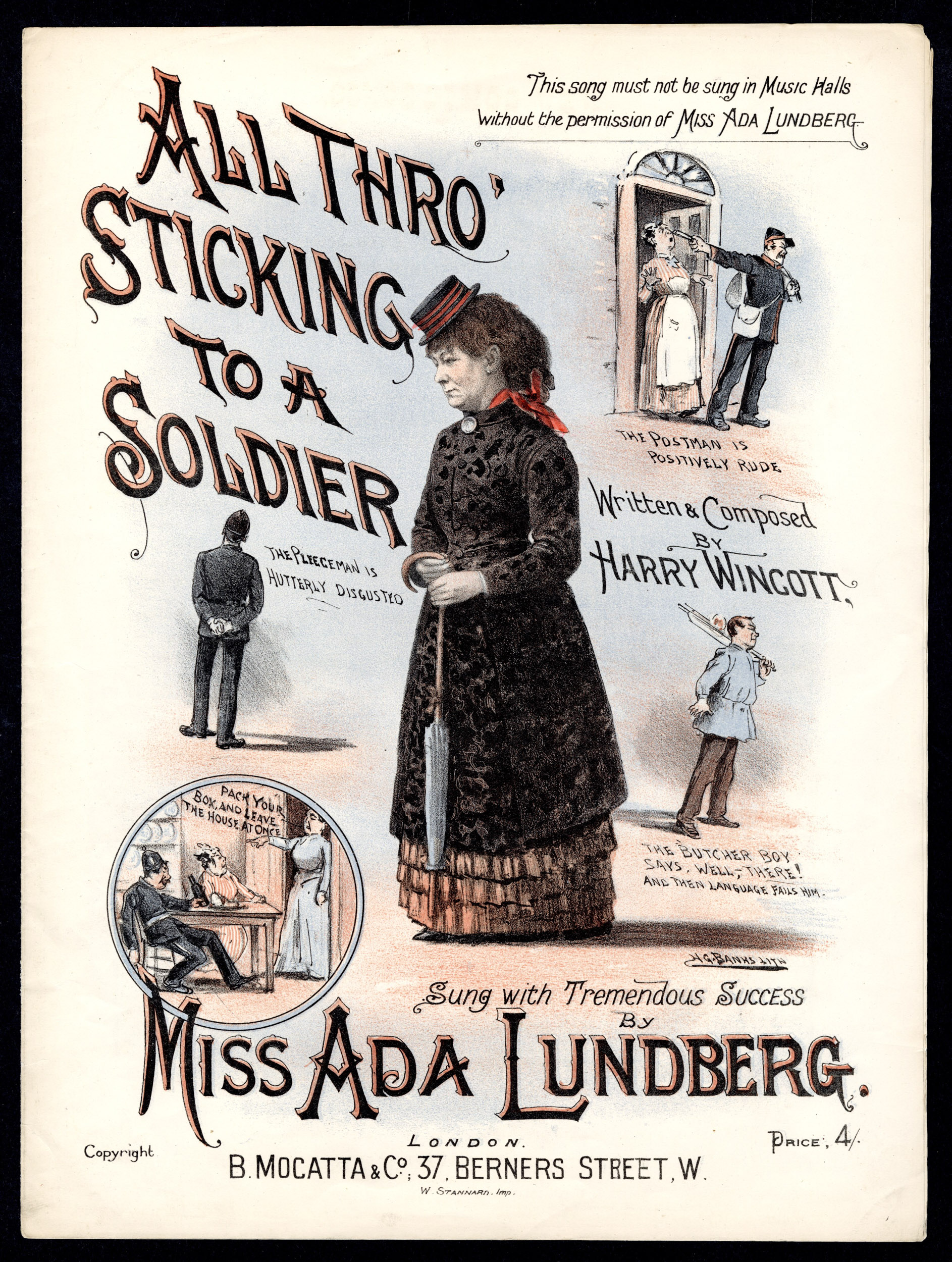
Cover for sheet music to ‘All Thro’ Sticking to a Soldier’ sung by Miss Ada Lundberg, from the Max Tyler Music Hall collection

Musical score for ‘All Thro’ Sticking to a Soldier’ sung by Miss Ada Lundberg, from the Max Tyler Music Hall collection
As our extensive collection of music in the Max Tyler Archive demonstrates, it was possible to purchase illustrated song sheets of many popular music hall hits for home performance – albeit these tended to be the sanitised versions, for more genteel audiences, rather than the more popular bawdy songs! According to theatre historian Jacky Bratton, the abundance of song sheets that survive today gives us a slightly skewed view of what was actually performed in music halls, as it just wasn’t possible to record specialty acts or perhaps even adapted plays in the same manner.
Work on the amazing Max Tyler Music Hall collection is still ongoing, but you can browse our listings of Max’s incredible research files on our archive catalogue here.
We hope you’ve enjoyed this mini-series about music in Special Collections & Archives; do visit our website for more information on the collections and if you have any queries please drop us a line (specialcollections@kent.ac.uk).
Sources:
John Crow Ballad and Song collection: the University of Oxford have an amazing resource via the Bodelian Library – Broadside Ballads online.
Pettingell playscripts:
Fuhrmann, C. Between Opera and Musical: Theatre Music in Early Nineteenth-Century London. In Gordon, R. and Jubin, O. (Eds) The Oxford Handbook of the British Musical. DOI: 10.1093/oxfordhb/9780199988747.013.2
Pisani, M. (2004). Music for the theatre: Style and function in incidental music. In K. Powell (Ed.), The Cambridge Companion to Victorian and Edwardian Theatre (Cambridge Companions to Literature, pp. 70-92). Cambridge: Cambridge University Press. doi:10.1017/CCOL052179157X.005
Music hall:
Bratton, J. (2004). The music hall. In K. Powell (Ed.), The Cambridge Companion to Victorian and Edwardian Theatre (Cambridge Companions to Literature, pp. 164-182). Cambridge: Cambridge University Press. doi:10.1017/CCOL052179157X.010

